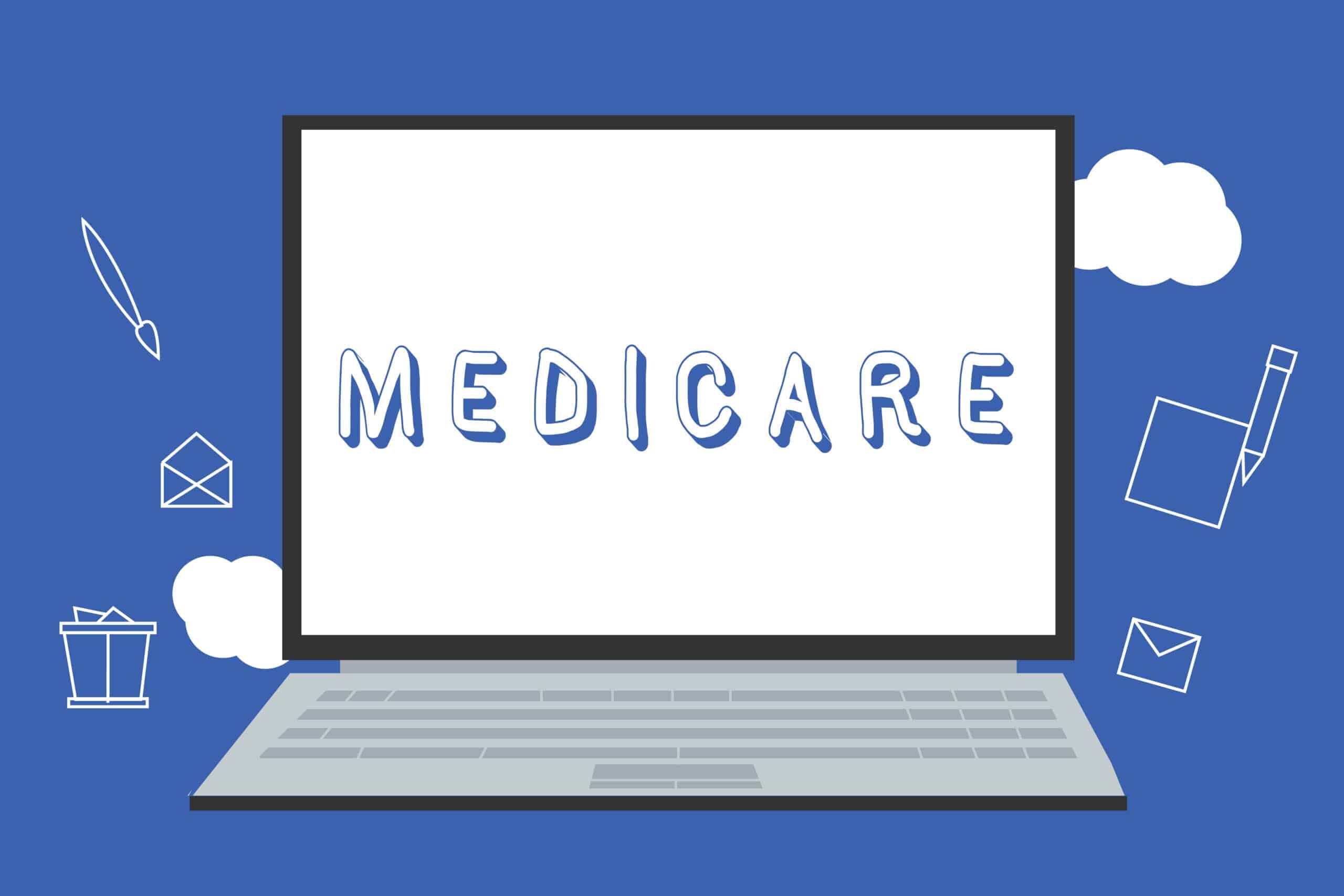Medical expenses can impose a significant financial burden in retirement, making Medicare one of the most essential considerations for retirees and soon-to-be retirees. Even the most informed seniors may struggle to determine when the right time is to enroll in Medicare or claim benefits. Retirees have access to Medicare Parts A, B, and D—among other perks of the program. Most people may enroll in Medicare starting three months before they turn 65. However, this initial enrollment period is unknown to more than 80% of participants, which means many aren’t taking full advantage of what the system has to offer.
With this in mind, let’s dive further into Medicare’s fundamentals to assess how you might begin or continue on your Medicare journey.
What is Medicare?
America’s retirement-age healthcare services are subsidized through Medicare, a government-run health insurance program for those 65 and over. Medicare plans are also available to Americans younger than 65 provided they meet certain criteria, or those with specific qualifying diseases like irreversible renal failure. The program is funded with tax dollars and is designed to lessen the burden of medical expenses for seniors and other qualifying participants.

Who is Medicare For?
Medicare coverage is generally available to anybody, even non-U.S. citizens, as long as they meet the requirements. One must be 65 years of age or older in addition to being either a U.S. citizen or a legal resident of the United States for at least five years. Anyone who gets Social Security payments is automatically enrolled in Parts A and B. The same cannot be said for Part D, which requires participants to enroll on a voluntary basis.
If a person is under 65 and receives Social Security Disability Insurance (SSDI), they may be eligible. SSDI recipients must typically wait two years after receiving their initial check before becoming eligible for Medicare, but the program exempts those with ALS (Lou Gehrig’s disease) and/or chronic renal failure from this requirement.
How Does Medicare Work?
The Medicare program consists of several smaller benefits programs—Parts A through D—that each serve their own purpose. The most widely utilized of these are Parts A, B, and D.
Medicare Part A
Medicare Part A pays for hospital expenses and other costs associated with being an inpatient, including visits to smaller clinics and medical facilities. A variety of home healthcare services, such as hospice care, are also covered to a certain extent. While you must meet specific standards to be eligible for these benefits, people who have contributed to Medicare by paying payroll taxes for at least ten years will receive Part A for free.
Most individuals are not required to make monthly premium payments for Medicare Part A if either they or their spouse contributed to the Medicare program while employed. If you or your spouse are 65 or older and didn’t pay Medicare taxes while employed, you might need to purchase Medicare Part A.
Medicare Part B
Medicare Part B assists in paying for medical treatments that Part A does not cover, such as outpatient care, doctor appointments, and other medical services. When deemed medically necessary, Part B assists Americans in paying for qualifying medical expenses. Preventive care, ambulance services, certain medical supplies and prescription medications, and mental health treatments are all covered under Part B.
You must pay a monthly premium if you choose to enroll in Medicare Part B, and most participants will spend the standard premium amount. The Social Security Department will contact those who must pay extra based on their income. Additionally, be sure to enroll in Part B at the right time, or you may have to deal with a late enrollment penalty.
Medicare Part D
Medicare Part D is a federal program run through commercial insurance providers. To beneficiaries of Medicare, these insurance companies provide retail prescription medication coverage. Prior to 2006, when Medicare Part D was implemented, patients were frequently forced to pay out-of-pocket, spending thousands of dollars on drugs annually.
Beneficiaries of Medicare Part A or Part B may sign up for Part D to get financial assistance for prescription medication expenses that other Medicare plans do not cover.
Why Should You Utilize Medicare?
As you age, the threats to your health will likely become more prevalent. Your body will become more vulnerable to illness and physical deterioration, which could lead to a rise in healthcare expenses from medications, doctor visits, physical therapy, ambulance rides, and more. If you’re looking to get ahead of these future expenses and lessen the burden you’ll be forced to shoulder down the road (and you qualify), utilizing Medicare may be an excellent option for you.
On average, spending among retired couples has increased 5% from last year. According to a recent estimate, a 65-year-old couple eyeing retirement this year should anticipate needing to spend a whopping $315,000 on healthcare and medical expenses. Most Americans underestimate the cost of healthcare in retirement, with many predicting expenses to be $41,000—considerably less than what’s likely required.
Even if you’re in good physical and mental condition now and anticipate a healthy lifestyle going forward, it’s hard to accurately predict what the future holds. You may, for instance, get into a car accident, slip in the shower, fall down the stairs, or break a bone. Whether the need is substantial or relatively small, Medicare provides a safe and suitable option for any unexpected future medical expenses.
How Can You Sign Up for Medicare?
Enrollment in Medicare Parts A and B—which cover hospital and medical expenses, respectively—occurs automatically upon turning 65, assuming you meet the qualification requirements. As such, participation in Medicare Part A and Medicare Part B does not require additional action on your part. On the other hand, if you would like access to Part D or other Medicare programs, like Medigap or Medicare Advantage, you’ll have to apply for those benefits on your own.
You can register for Medicare Part D on the SSA website if you don’t currently get Social Security payments. The period during which you can register includes the three months prior to your 65th birthday, the month of your 65th birthday, and the three months that follow your 65th birthday. You could be penalized if you fail to register within this seven-month window.
Now What?
The closer you are to retirement, the more important it is for you to ensure that you have a plan in place to cover your medical expenses. For most Americans, Medicare represents a simple and affordable solution. While you may be automatically enrolled in Medicare Parts A and B, these might not be sufficient to meet all of your needs. If this is the case, you’ll want to consider opting for other components of Medicare, like Part D, which will require preparation and maintenance on your part. Take the time to evaluate which plan makes the most sense for you, and be sure to account for both your present and future healthcare needs.

